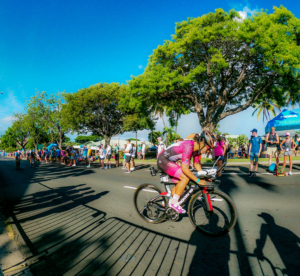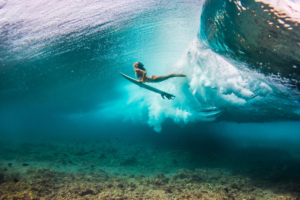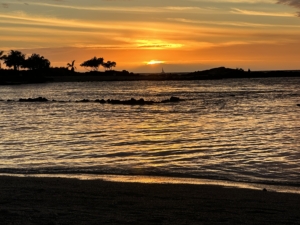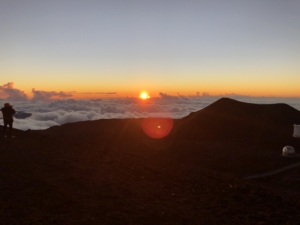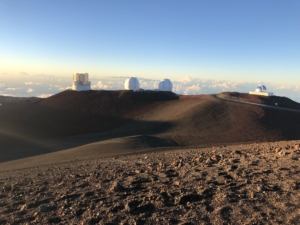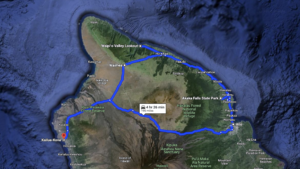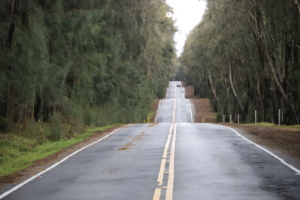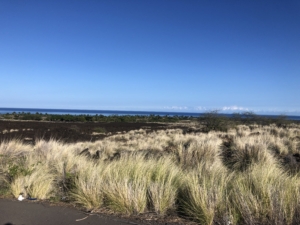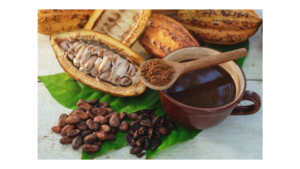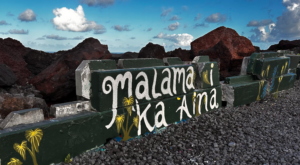Hawaii’s Big Island is a testament to nature’s incredible diversity, offering a breathtaking journey through a myriad of ecosystems that transition seamlessly from the depths of the ocean to the mist-shrouded heights of cloud forests. This natural wonderland captivates eco-conscious travelers and nature enthusiasts alike, presenting a microcosm of Earth’s environments within a relatively compact area. What makes this island truly extraordinary is not just its diverse ecosystems, but the fact that it encompasses 8 of the world’s 13 climate zones within its modest 4,028 square miles – a feature that sets it apart from any other place on Earth.
Coastal Marvels
The adventure begins at the coastline, where the warm, crystal-clear waters of the Pacific Ocean lap against the island’s shores. Here, vibrant coral reefs teem with life, their colorful inhabitants darting among the intricate structures. Snorkelers and divers flock to renowned spots like Kealakekua Bay and Kahalu’u Bay, where they can witness the underwater ballet of tropical fish, graceful sea turtles, and occasionally, playful spinner dolphins. These coral ecosystems are not merely a visual spectacle; they serve as crucial habitats for countless marine species and act as natural buffers, protecting the coastline from the ocean’s relentless energy.
Emerging from the water, one encounters the dynamic coastal zones. Rocky shores alternate with sandy beaches, each home to its own uniquely adapted flora and fauna. Resilient plants, accustomed to salt spray and intense sunlight, cling to the rocks, while shore birds patrol the beaches and tidal pools, searching for their next meal. These coastal areas form a vital transition between the marine and terrestrial worlds, marking the beginning of the island’s remarkable climatic journey.
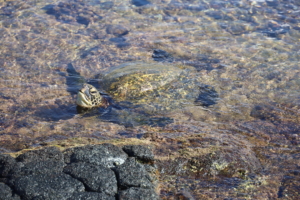
Subtropical Dry Forests
As one ventures inland, the landscape transforms dramatically. The coastal vegetation gives way to subtropical dry forests, a testament to the leeward side’s more arid conditions. These forests showcase the remarkable adaptability of nature, with drought-resistant plants thriving in an environment where water is scarce. The dry forest ecosystem supports a variety of bird species and insects, each playing a crucial role in this delicate habitat. This rapid transition from lush coastal areas to arid landscapes is just one example of the island’s climatic diversity.
The Kona Coffee Belt
Climbing higher into the hills, travelers enter the renowned Kona coffee belt. While not a natural ecosystem in the strictest sense, this agricultural zone has become an integral part of the region’s landscape and culture. The coffee plantations, typically situated between 1,000 and 3,000 feet in elevation, create a unique environment where introduced crop species mingle with native flora, supporting a diverse array of wildlife. The success of coffee cultivation here is a testament to the unique climatic conditions found at this elevation.
Lush Rainforests
As the elevation increases further, the air becomes noticeably cooler and damper. Here, lush rainforests dominate the landscape, their verdant canopies home to a plethora of plant and animal species, many of which are found nowhere else on Earth. The air is filled with the songs of native birds and the gentle rustle of leaves in the constant, moisture-laden breeze. This dramatic shift in climate over such a short distance is due to the island’s unique topography and the influence of trade winds.
Cloud Forests of Hualalai
The pinnacle of this ecological and climatic journey is reached in the cloud forests that cling to the upper slopes of Hualalai Mountain. The Kona Cloud Forest Sanctuary offers visitors a glimpse into one of the world’s most enchanting ecosystems. Perpetually shrouded in mist, these forests capture moisture directly from passing clouds, creating a water-rich environment high above the ocean. Gnarled trees drip with epiphytes, their branches hosting entire gardens of smaller plants. The cloud forest isn’t just a biological marvel; it plays a crucial role in the island’s water cycle, capturing and slowly releasing moisture that sustains life at lower elevations.
Alpine Peaks
But the climatic diversity doesn’t stop there. Continue your journey upward, and you’ll reach the cool, alpine regions near the summit of Mauna Kea, which rises to a staggering 13,803 feet. Here, the air is thin and crisp, a world away from the tropical beaches you left behind just hours ago. In winter, you might even encounter snow – a surreal sight on a tropical island. This dramatic elevation change over such a short distance is key to the island’s climatic diversity, creating a vertical journey through climate zones typically spread across entire continents.
Throughout this journey from sea to sky, evidence of the island’s fiery birth is never far away. Lava fields and young forests growing on relatively recent flows serve as reminders of the volcanic forces that shaped, and continue to shape, this dynamic landscape. These areas showcase nature’s resilience, with pioneering species slowly reclaiming the barren rock, beginning the long process of forest succession.
The Role of Trade Winds
The island’s position in the path of the northeastern trade winds adds another layer to this complex climatic tapestry. These winds, consistent and moisture-laden, bring life-giving rain to the windward slopes. But as they’re forced up and over the volcanic peaks, they leave the leeward sides parched, creating yet another distinct climate zone. This rain shadow effect contributes significantly to the island’s climatic diversity, allowing for the coexistence of lush rainforests and arid deserts within miles of each other. These rainforests are characterized by high annual rainfall, dense vegetation, and high biodiversity. They play a crucial role in the island’s water cycle, capturing rainfall and slowly releasing it to feed streams and replenish groundwater.
Check out this post for a great map of the island’s climate zones
This incredible diversity of ecosystems and climate zones, from the marine depths to the misty heights and on to the alpine peaks, makes the Big Island a living laboratory of ecological adaptation and interdependence. It offers visitors more than just stunning vistas; it provides a unique opportunity to witness the delicate balance of nature and the importance of conservation efforts. For those who take the time to explore, the island reveals itself as a place where the boundaries between ecosystems blur, creating a tapestry of life that is as fragile as it is beautiful.
In this natural wonderland, every step takes you through millions of years of evolution and adaptation, offering a profound connection to the living world and a deep appreciation for the intricate web of life that makes Hawaii’s Big Island truly unique. From the sun-soaked beaches to the snow-capped peaks of Mauna Kea, the Big Island is a world in miniature, where Earth’s climates converge to create an unparalleled natural marvel that continues to captivate scientists, nature enthusiasts, and visitors from around the globe.
Take a look at what we still have available at Kona Vacation Rentals.

